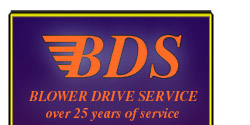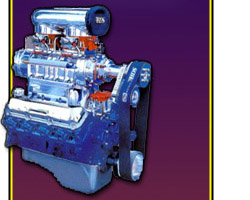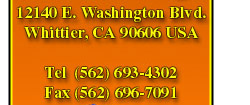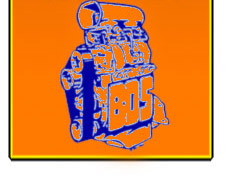|
|

|
|
|||||||
|
|
DRAG RACING INNOVATIONSPart 2 |
||||||||
|
Last time we listed six innovations that changed drag racing for the better. Here (again in no particular order) are six more. And proving that not every innovation is a step forward, we have listed six ideas that probably seemed good at first but just didn't work. ALUMINUM AFTERMARKET ENGINES "I originally began working at Donovan Engineering as a designer in 1970. At the time, we made accessories and parts for the popular iron 354- and 392-cid Chrysler aluminum engines, which were the engines of choice for fuel racers. One day, Ed got the idea to build an aluminum block based on the 392. Simple as that really. Ed, myself, a fellow named Bob Mullen a Chrysler engineer, and Arnold Birner, the Donovan pattern maker put our heads together and began working on the block. Mullen didn't stay that long, and it fell on me to design the block. We had a prototype by mid-1971 and Ed chose John Wiebe to run the first one in his fuel dragster. We went to Irwindale Raceway in the weeks before the 1971 Supernationals and tested and we were all very, very confident that the engine would really turn some heads. It did. No knocking John, but we shoulda won that race; we were a tenth quicker than everybody, but that's the way it goes. "The Monday after the race, I came to the shop and unlocked at 7 a.m. like I always did. When I got there, there were four other fuel racers waiting in their trucks to see Ed. "We chose the 392 because it was perfect for drag racing, it was so much easier to work on than the 426s. The heads came off easier, just a whole bunch of little things that made this an improvement over what was out there. We built a girdle right into the bottom half of the engine, strengthened the valleys, and of course, saved the racer 100 pounds by going with aluminum, which also was easier to repair than an iron 392. We liked to say at the shop after the Supernationals that the "Donovan Revolution" had begun." - Dick Crawford DATA-RETRIEVING COMPUTERS "The first time I ever heard about a drag racer trying a computer was Dale Armstrong. His old partner, Jim Foust with the "Alcoholic" BB/Funny Car, tried one, but it didn't work. In about 1982, Kenny Bernstein was driving the Bud King LN-7 and we were having trouble. One run we'd burn up pistons, the next we'd be okay. Armstrong suggested putting on a brake light that would be activated when Kenny shifted the car. Kenny thought he'd been shifting it much further down track, but in fact it was a lot sooner than that. Given what they had to do,driver info was not all that reliable, so we went from there. "The big deal came when Gary Beck crew member Henry Walther introduced us to Ron Armstrong and Spencer Eisenbarth, who were hydroplane racers that run RacePak computers. We liked what we saw and in 1985, Kenny, Dale and I took over the marketing, sales and service of the Racepak computer. At the time, it was on the 'Budweiser King;' it measured engine and driveshaft rpm, and the comparison between the two gave us the clutch slippage. I think it also measured fuel pressure. "Today, 99-percent of all drag race cars run RacePak computers. I think in the last 15 years, they are the biggest tool in the sport for improved elapsed times and mile per hour." - Ray Alley (next page) |
|
||||||||

Copyright 1999-2001, Drag Racing Online and Racing Net Source |
|||||||||




